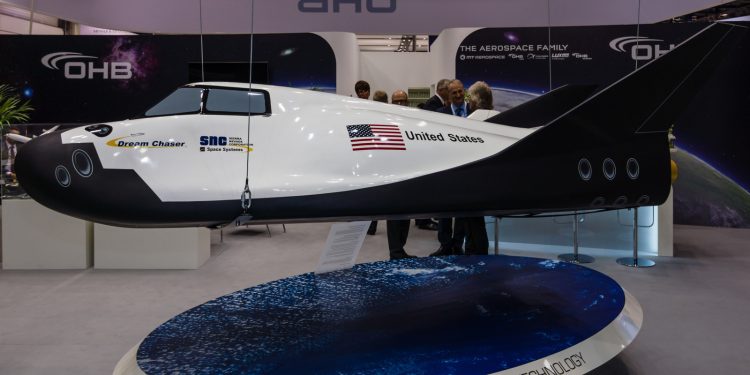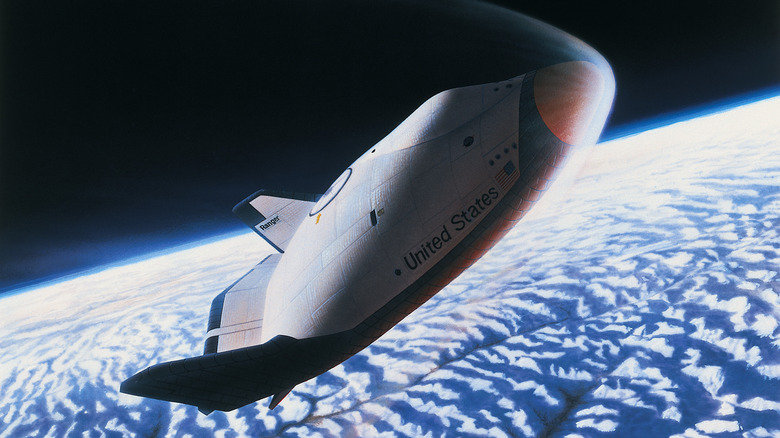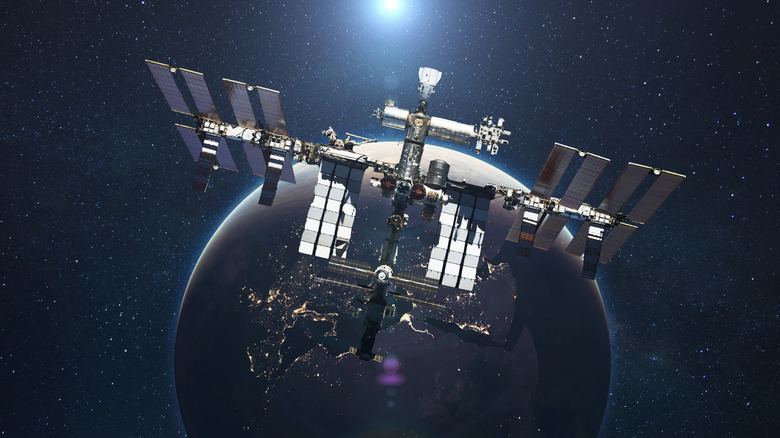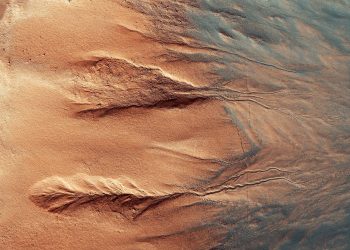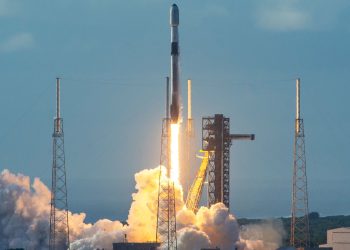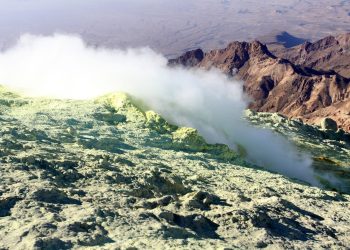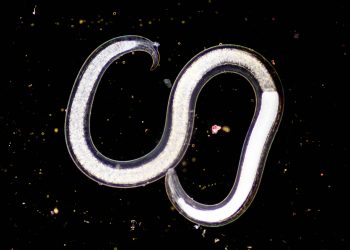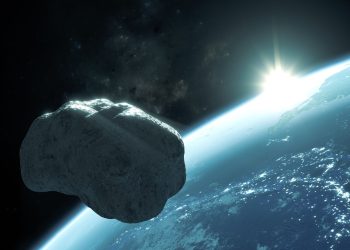The Dream Chaser spaceplane’s long-awaited visit to the International Space Station (ISS) in 2026 is now officially on hold. In a joint decision by NASA and Sierra Space, the spacecraft’s first orbital mission will no longer involve docking with the ISS. Instead, the mission will unfold as a free-flight demonstration. This change reflects both the technical and programmatic difficulties that accumulated over the vehicle’s prolonged development.
Dream Chaser was originally intended to fly multiple cargo missions to serve the ISS under NASA’s Commercial Resupply Service-2 (CRS-2) contract. But with repeated delays, changing launch schedules and increased scrutiny of certification and safety, NASA has freed itself from its obligation to purchase a fixed number of resupply missions. The revised plan gives NASA that option, but it is no longer a requirement. If necessary, NASA can hire Dream Chaser for future ISS cargo flights. This means the spaceplane will have to take on a more flexible role in low Earth orbit, potentially for commercial or national security purposes. As the ISS moves closer to its planned decommissioning in 2030, this new trajectory may better suit the spacecraft’s long-term viability.
Chasing the dream
Dream Chaser has its roots in NASA’s HL-20 lifting body concept from the 1990s. It is imagined as a small space plane capable of re-entering Earth’s atmosphere and landing horizontally on a runway. This concept was revived in the 2000s by SpaceDev, then acquired by Sierra Nevada Corporation, which ultimately created Sierra Space to bring the idea to fruition. The Dream Chaser was originally intended to be a crewed vehicle intended to transport astronauts to the ISS as part of NASA’s Commercial Crew Program. When NASA ultimately chose SpaceX’s Crew Dragon and Boeing’s Starliner for crew transport, Sierra Space focused on an uncrewed cargo version.
In 2016, NASA awarded Sierra Space a Commercial Resupply Services-2 contract, under which Dream Chaser was to deliver supplies, science payloads, and return cargo to Earth. Each mission would combine the reusable spaceplane with a disposable cargo module called Shooting Star. This module would be capable of carrying several tons of equipment into orbit.
Unlike traditional capsules that crash into the sea, the Dream Chaser’s design allows it to slide backwards and land on a runway. This would allow the rapid return of scientific equipment and minimize recovery time. The spacecraft was intended to launch atop United Launch Alliance’s Vulcan rocket and operate alongside SpaceX’s Crew Dragon and Northrop Grumman’s Cygnus as part of NASA’s resupply fleet. However, progress has been slowed due to technical obstacles and changing schedules.
Why this change of project?
By 2025, NASA and Sierra Space have mutually agreed to review the role of the Dream Chaser under the CRS-2 contract. Rather than pushing for an ISS docking mission under the pressure of an increasing schedule, the partners chose to proceed with the free-flight demonstration. This adjustment allows Sierra Space to validate key systems without the added risks associated with approaching a crewed space station. It also gives NASA more flexibility, removing its requirement to purchase a set number of ISS resupply flights while retaining the option to contract additional missions if the demonstration is successful.
This change also reflects the changing landscape of operations in low Earth orbit. The ISS is expected to retire around 2030, with fewer resupply opportunities available in its final years. Maintaining a large commitment to a new cargo vehicle has become increasingly unrealistic as NASA moves toward commercial space stations. For Sierra Space, focusing on a free-flight platform allows Dream Chaser to evolve into a more versatile spacecraft. It would be capable of supporting research missions, commercial payload deliveries or even national security operations.
Dream Chaser’s first flight is now scheduled for late 2026. It will use United Launch Alliance’s Vulcan rocket to reach orbit. The vehicle, aptly named Tenacity, will spend several days performing autonomous flight operations before returning to Earth for a runway landing. If successful, it will be the first orbital flight by a U.S. spaceplane since the shuttle era. It will also demonstrate a new capability for rapid, reusable access to space. Although it can no longer deliver cargo to the ISS as planned, the mission could define a broader, more independent future for the Dream Chaser program. This would be a program aligned with the emerging era of commercial spaceflight.


